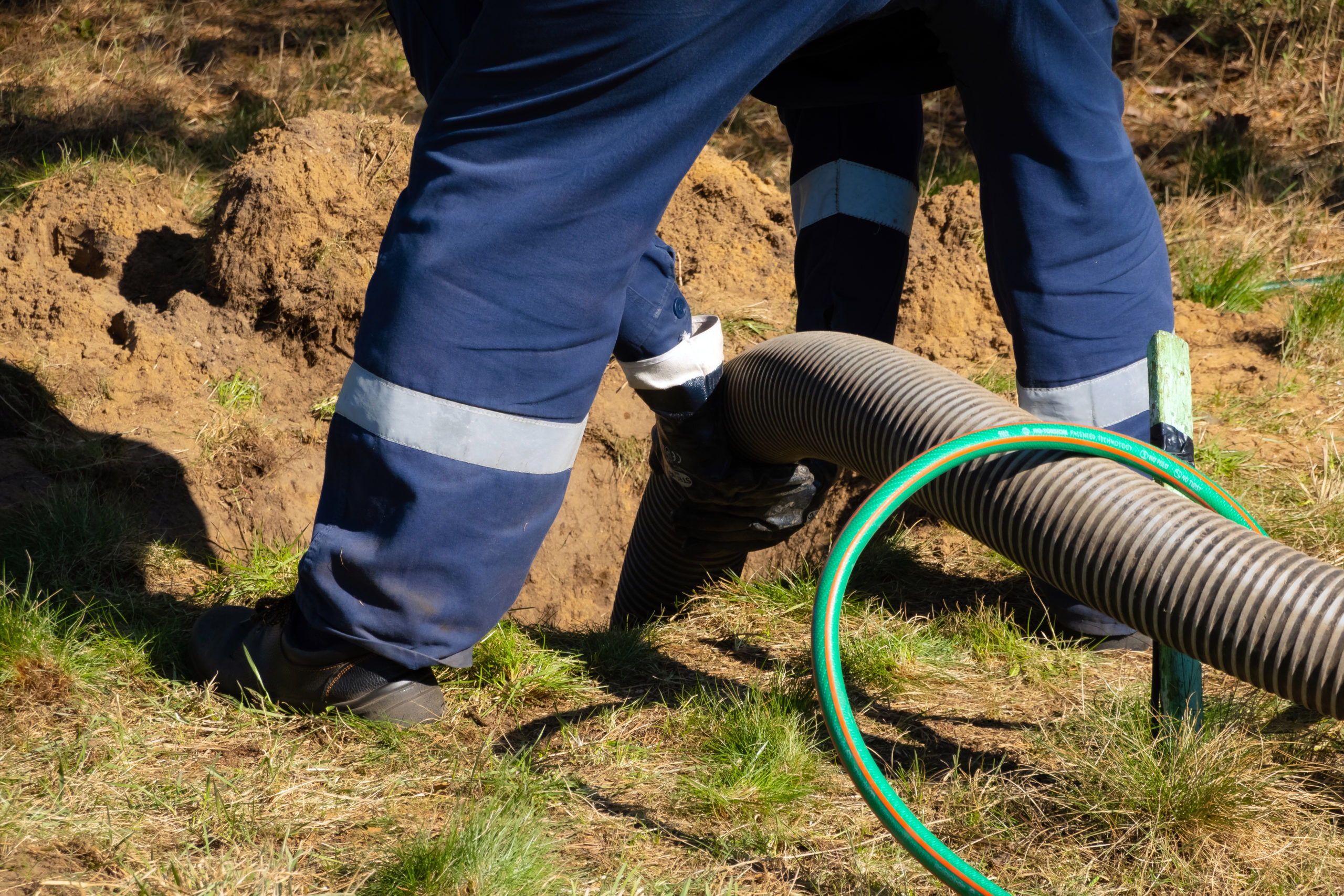Stillwell Septic And Grading - Questions
Stillwell Septic And Grading - Questions
Blog Article
The Ultimate Guide To Stillwell Septic And Grading
Table of ContentsSome Ideas on Stillwell Septic And Grading You Should KnowThe Facts About Stillwell Septic And Grading Uncovered9 Simple Techniques For Stillwell Septic And GradingNot known Facts About Stillwell Septic And GradingThe Facts About Stillwell Septic And Grading UncoveredWhat Does Stillwell Septic And Grading Mean?Unknown Facts About Stillwell Septic And Grading

Property owners need to additionally educate themselves on the fundamentals of septic systems to ensure they make educated decisions throughout the installation process - Stillwell Septic. Septic systems are an important part of lots of homes that are not attached to a community drain system. They are made to treat and deal with home wastewater on-site
The septic container is a large, underground container made from concrete, fiberglass, or plastic. It receives all the wastewater from the home, including water from sinks, bathrooms, showers, and cleaning makers. The container divides the strong waste from the liquid waste. The solid waste clears up to the bottom of the container, while the fluid waste, or effluent, rises to the top.
The Only Guide to Stillwell Septic And Grading
It is also important to save water and avoid straining the system. Easy measures such as repairing dripping faucets and commodes, setting up low-flow showerheads and commodes, and spreading out laundry tons can aid decrease water usage and prolong the life of the septic system.
The topography of the website is likewise evaluated to ensure that the septic system is installed at the right altitude. http://dugoutmugs01.unblog.fr/?p=3456. The system needs to be mounted at a greater elevation than the bordering location to avoid contamination of the surrounding atmosphere. Setbacks are the minimum distances needed by regulation in between the septic system and various other frameworks or features such as wells, buildings, and building lines
The altitudes will make certain that the septic system works properly, and wastewater is effectively dealt with. It ensures that the septic system is mounted in the most optimum area, taking into consideration the dirt, topography, and setbacks.
The Only Guide for Stillwell Septic And Grading
Prior to setting up a septic tank, home owners need to get licenses and follow guidelines. The laws vary depending upon the state, area, and municipality. It is vital to check with the regional wellness department or structure division to guarantee conformity. A few of the authorizations and policies that property owners require to consider include:: House owners require to obtain an authorization from the regional health and wellness department or building division prior to installing a septic system.
For instance, some towns might need a minimal whole lot dimension for septic tank installation.: Property owners need to abide by ecological guidelines when installing a septic system. For example, some states may need an environmental impact assessment before installing a septic system.: Property owners need to abide by building and construction guidelines when setting up a septic tank.
6 Simple Techniques For Stillwell Septic And Grading
Some municipalities might need periodic assessments and pumping of the septic container. Non-compliance with permits and laws can cause fines, fines, and also lawsuit. Consequently, it is crucial for house owners to acquire permits and adhere to laws prior to setting up a septic tank. When it comes to picking a sewage-disposal tank, home owners have a few alternatives to consider.
One of the most essential aspects to take into consideration when selecting a septic system is the size. A septic system that is too tiny for the home's demands will certainly call for even more regular pumping, while a container that is as well big can bring about excessive water build-up and prospective system failure. A general guideline is that the storage tank ought to be able to hold a minimum of two days' well worth of wastewater.
Everything about Stillwell Septic And Grading

It's also vital to consider the kind of system the septic container will certainly be used with. There are 2 primary types of septic systems: gravity and pressure.
The Ultimate Guide To Stillwell Septic And Grading
In general, selecting the right septic container for a home is a vital choice that calls for cautious consideration. Prior to setting up a septic tank, property owners have to take certain actions to prepare for the installation procedure.
Below are some vital safety actions to comply with: Wear safety gear: Homeowners have to use safety gear, such as gloves, boots, and helmets, to protect against injury during the setup procedure. Prevent electrical lines: Property owners need to stay clear of excavating near electric lines to stop electrocution. Usage care when operating heavy equipment: Home owners need to use caution when running heavy equipment to avoid mishaps and injuries.
Little Known Facts About Stillwell Septic And Grading.
By complying with these important actions, homeowners can make certain a successful septic storage tank installment procedure. Sewage-disposal tank setup is an essential process that needs careful planning and execution. House owners that are mounting a septic system for the very first time must be aware of the crucial actions associated with the procedure to make sure that their septic system operates successfully and effectively.

Report this page